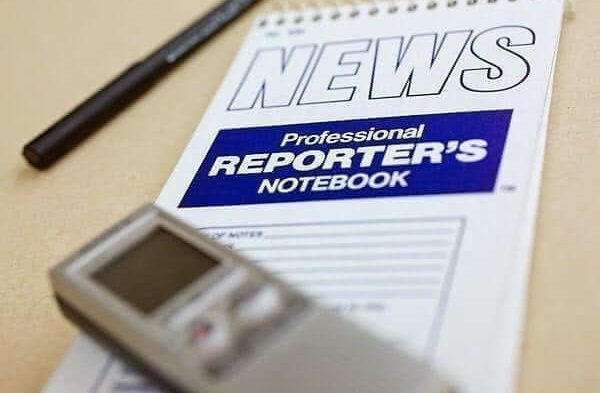What are writers’ and readers’ responsibilities when it comes to journalism?
Civil rights leaders are a pain in the neck
Can’t hold a candle to Chang Kai Shek
How do I know? I read it in the Daily News
– Daily News by Tom Paxton
Well, there has been some written debate recently about journalism’s role in digging out data, putting it in a context to help the reader interpret what the data means, and, finally, giving it back through publication or hearing to as wide a public as possible so that they can then make sense of it for their own means.
Whew! That seems to me to be a tough, but valuable, task. I don’t think I fell into it accidentally. I chose it, but it wasn’t until I had tried it on for fit that I realized the cape size. Singer Paul Simon’s “Capeman” probably would have chuckled knowingly had he seen what I was hoping to accomplish.
Nonetheless, our Charlotte News has provided a locally focused publication to get news to its public, who, in turn, can use it to debate with their neighbors (who may also be friends) about matters that affect their town governance in particular. (The Free Press on the other hand uses the data to advertise beer. But, again, that is an editorial choice put into practice. Beer halls, apparently, get more readership than national issues.) That’s where the The New York Times falls into my lap. I happen to think that variety of publication gives a working journalist a broader perspective on what he or she writes and is a healthy part of that person’s work. The Times, of course, views itself as a purveyor of national and international news as well as arts, sports, business—whatever type of news they feel will enhance their coverage of world events. Their observations and comments are often quoted by other news media.
 So, what does this say about The Charlotte News’ investigative reporting? Individuals in town appear to have differing opinions. Stuart Bennett, a lawyer by practice, says on Front Porch Forum, “Please don’t blame the messenger.” He feels The News’ stories are based on questions asked, which is as it should be. He goes on to say that, based on the answers to what reporters ask, the paper then comes up with the issues with which it deals. Stuart says that the cause of some of the stories not being pleasant is because the facts don’t lend themselves to pleasantries. He wishes it were otherwise, but it is not, and by digging up these issues through accurate data, the paper provides a service to the town.
So, what does this say about The Charlotte News’ investigative reporting? Individuals in town appear to have differing opinions. Stuart Bennett, a lawyer by practice, says on Front Porch Forum, “Please don’t blame the messenger.” He feels The News’ stories are based on questions asked, which is as it should be. He goes on to say that, based on the answers to what reporters ask, the paper then comes up with the issues with which it deals. Stuart says that the cause of some of the stories not being pleasant is because the facts don’t lend themselves to pleasantries. He wishes it were otherwise, but it is not, and by digging up these issues through accurate data, the paper provides a service to the town.
Lee Weisman, a Charlotte resident, feels somewhat differently. His concern is with ways in which the issues are presented in the paper. He says they can be “vindictive, mean-spirited, confusing and not fun to read.”
My sensitivities are neither wholly one side or the other. I read my editor Mara Brooks’ piece in Front Porch Forum. In it she says she gets many emails about what is posted in that forum—as she should, being the head of a similar one. She was shocked by the response to The News’ inquiries into Matt Krasnow’s resignation and Ronda Moore’s findings. Matt apparently felt that investigative inquiry from the news media ought to happen only in open meetings. Ms. Brooks felt that this showed a dramatic change in Krasnow’s philosophy about responding to the press. Speaking for herself and her fellow journalists, she “thought the situation was worth reporting on.” She goes on to say that, as reporters, our staff first “needs to gather information.” After that, the paper decides whether it is worth opening to the public, which means reporting on it and perhaps suggesting actions to take or solutions to a problem.
It is a bit unfortunate that Mara goes somewhat beyond the process to suggest that adulthood is a stage of life that brings about knowledge (“as any adult knows”). But that is a personal bias, not an editorial one.
I believe that being open to journalistic inquiry is a given right, and that investigation to back up what comes through as reportage with data is an important element in what I have chosen to do. If not, we don’t have a right to promote a decision. We might as well stick to the golf course or the tennis courts where, for many of us (myself included), our swings leave much to be desired.

